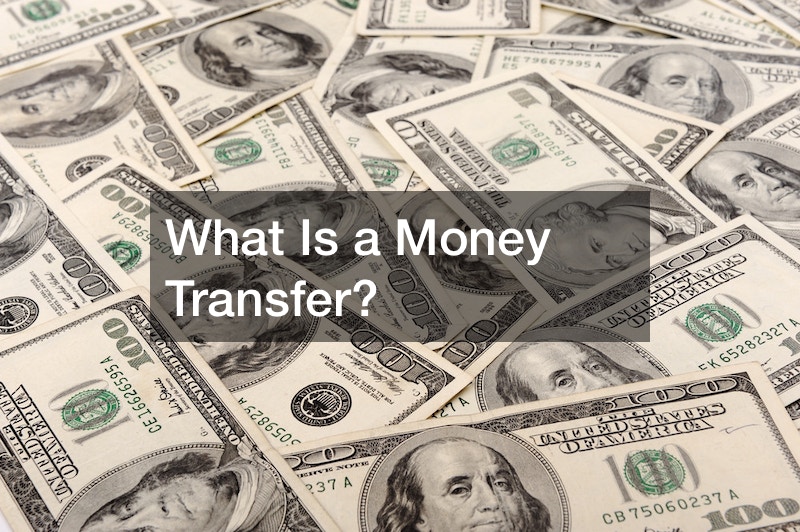
A money transfer refers to sending funds from one person or entity to another. It may imply locally or internationally. This financial transaction can occur through various methods, each offering its own set of advantages and considerations.
The YouTube video dives into the topic and this article explores some key points surrounding this topic.
1. Traditional Methods
Traditional methods of transfer include physical forms of currency exchange, such as sending a check or money order. While these methods are still in use, they can be time-consuming, with delays in processing and delivery.
2. Bank Transfers
Bank transfers involve moving money electronically between bank accounts. It can be done through online banking platforms, wire transfers, or Automated Clearing House (ACH) transactions. Bank transfers are often considered secure and reliable, but they may incur fees and take time to process.
3. Digital Payment Services
With the rise of technology, digital payment services have become increasingly popular for money transfers. Platforms like PayPal, Venmo, and Cash App allow users to send and receive money instantly using their smartphones or computers. These services offer convenience and speed, making them a preferred choice for many.
In essence, a money transfer involves the movement of funds from one source to another. Whether through traditional methods, bank transfers, or digital payment services, individuals and businesses have various options when facilitating financial transactions.
.


